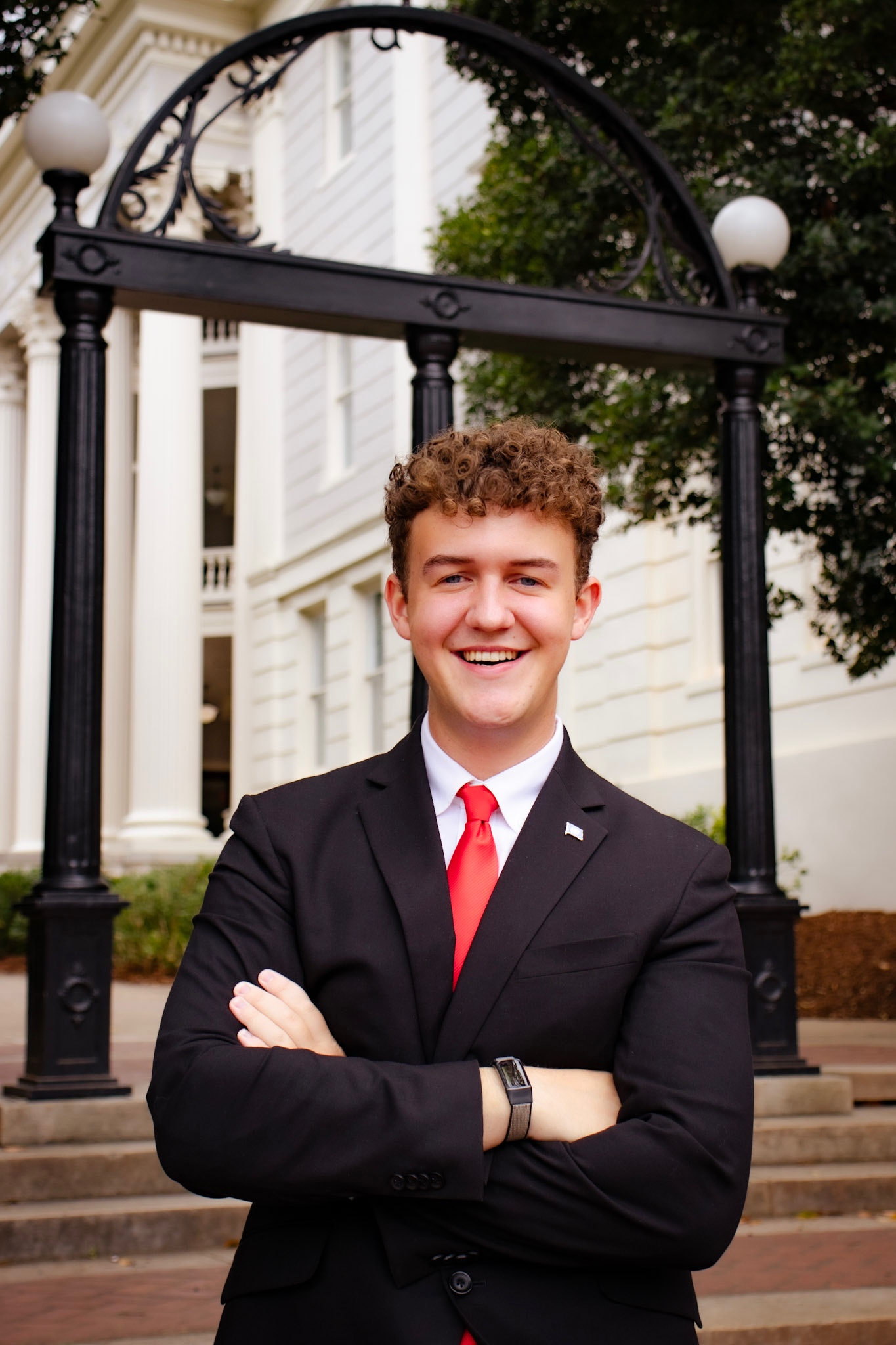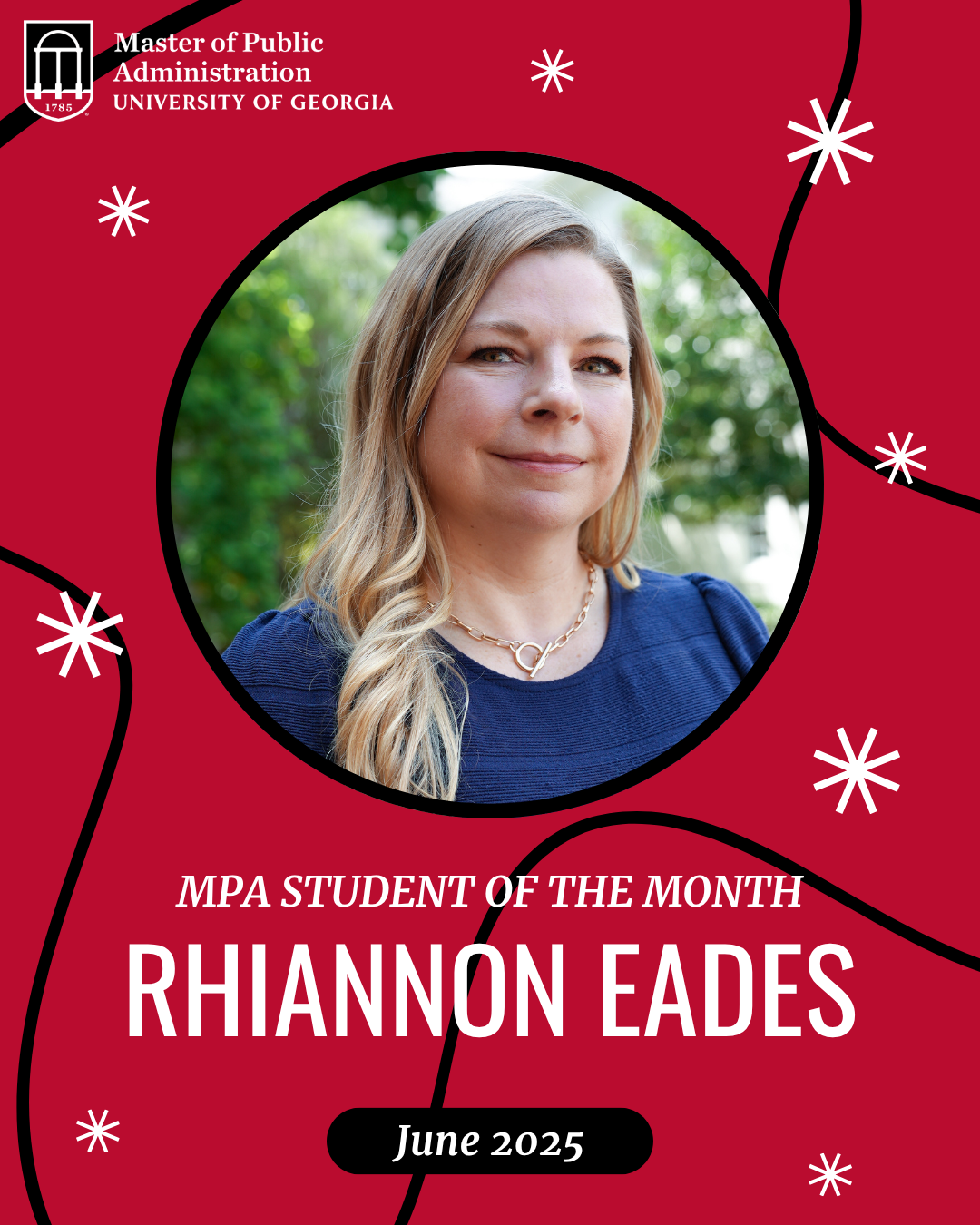Alumni Foundation Distinguished Professor Emeritus
Professor of Public Administration and Policy
Hal G. Rainey (Ph.D., Ohio State, 1978) is Alumni Foundation Distinguished Professor Emeritus in the Department of Public Administration and Policy, School of Public and International Affairs at the University of Georgia. Dr. Rainey is also a National Academy of Public Administration (NAPA) fellow.









